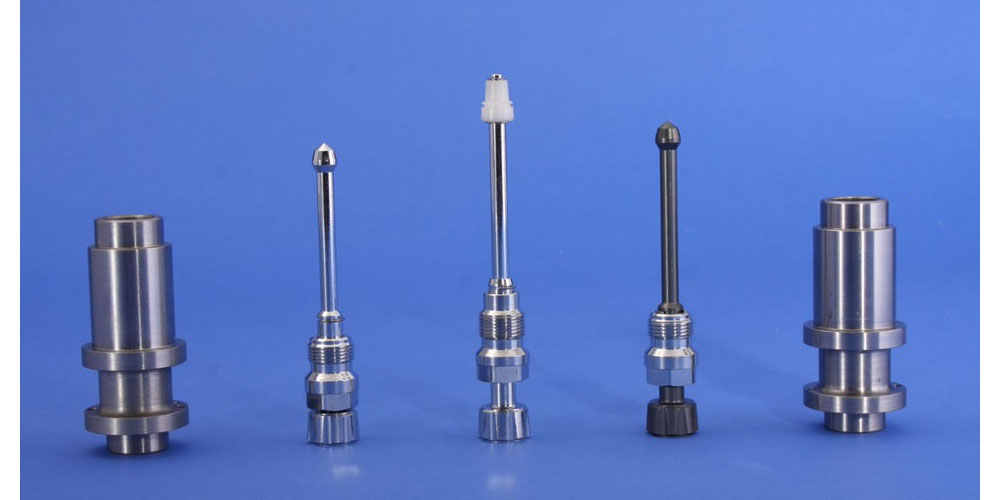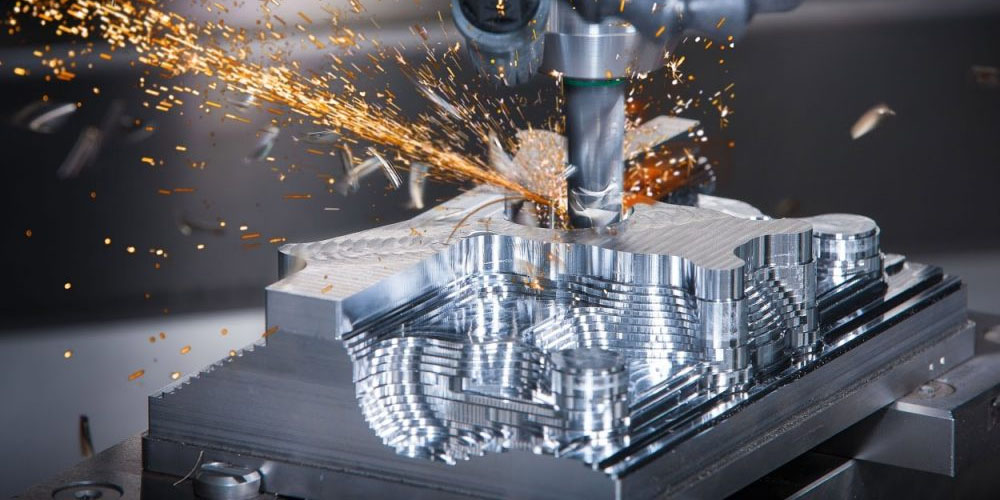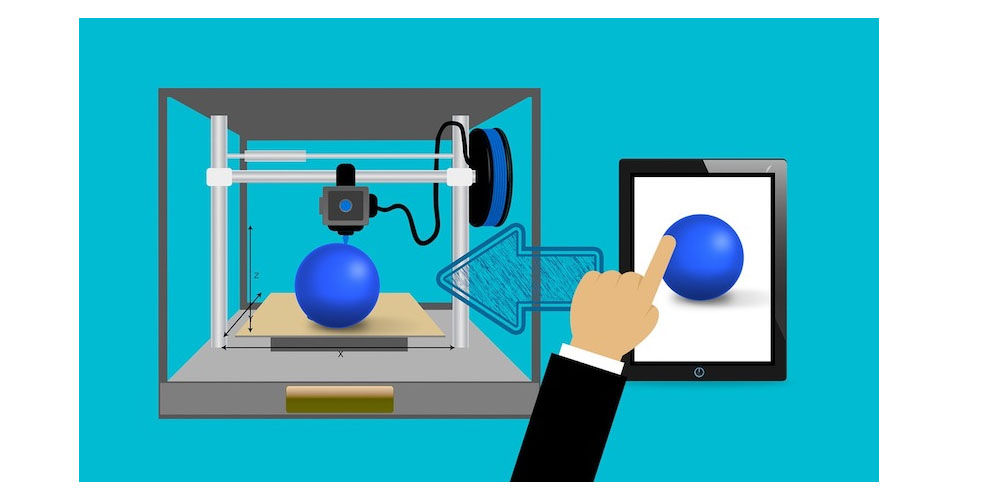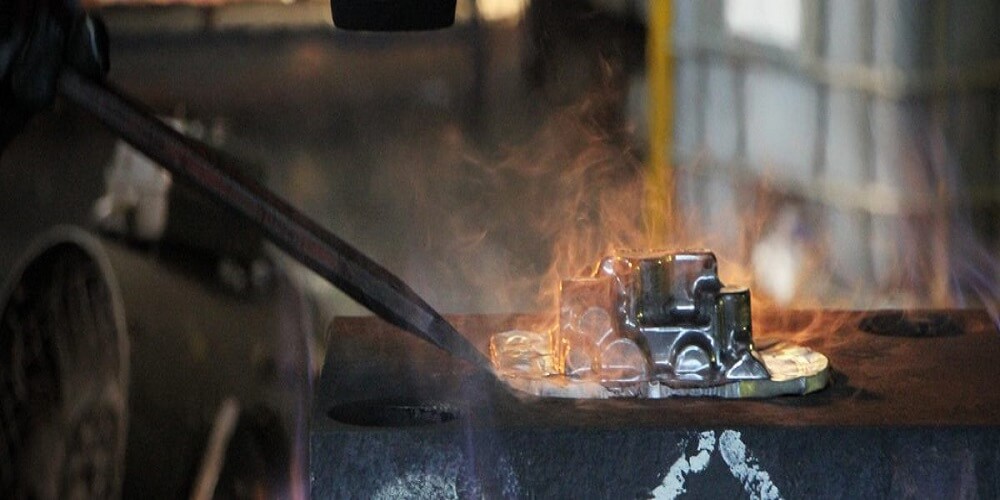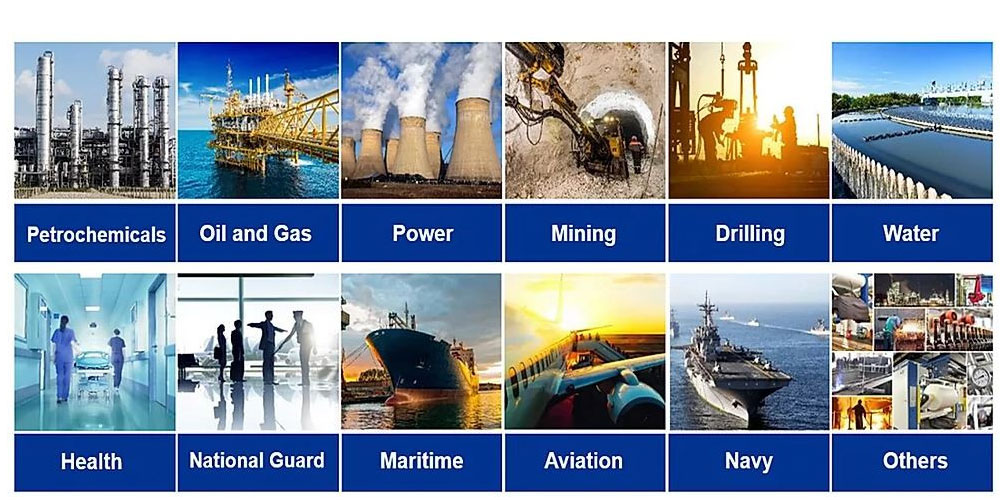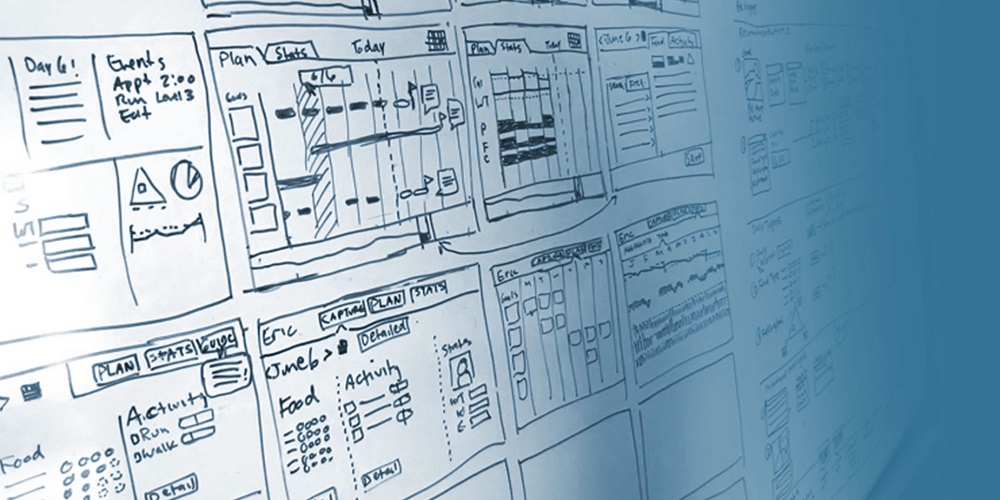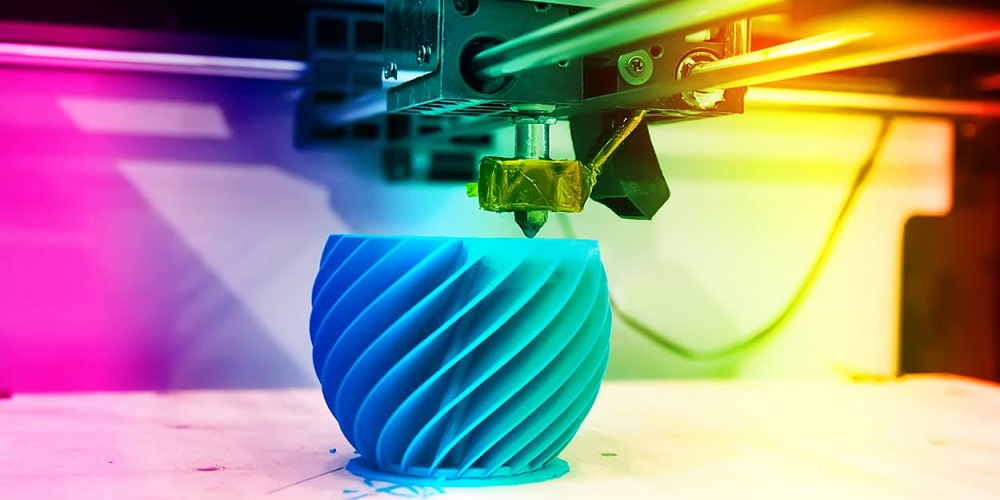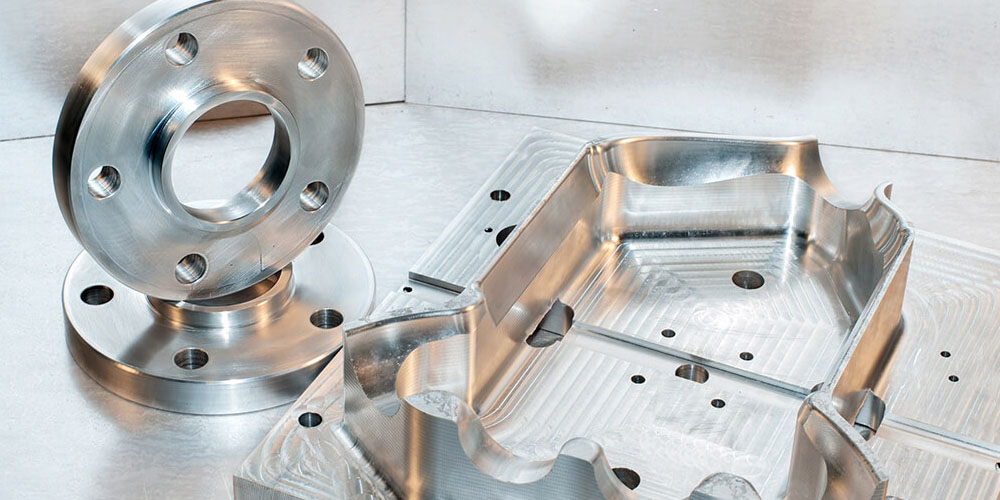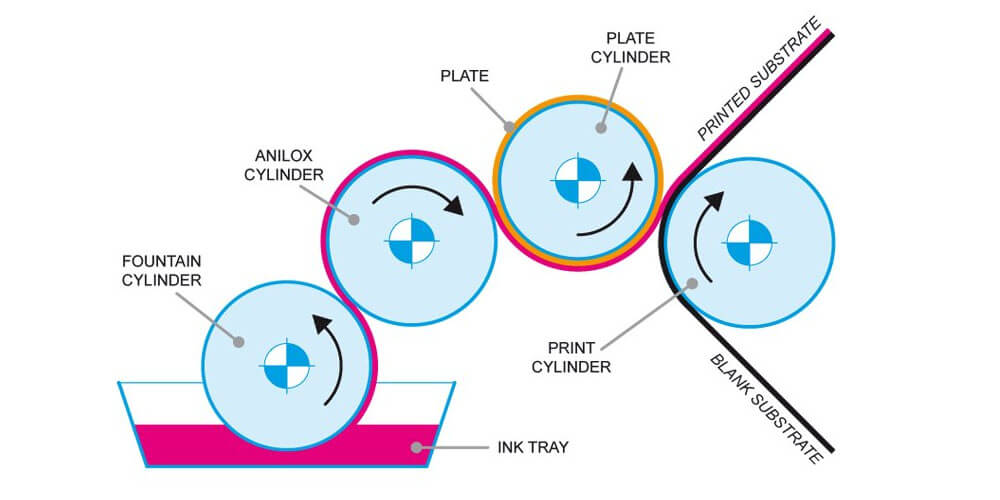Cold forging is still playing an incredible role in the production of fasteners. The metal shaping process is relevant in the automotive production industry and the manufacturing sectors. It is also applicable to the C3 industries that entail computers, communication, and consumer electronics. Check out this website to learn more about the best tools used for cold forging.
Uses of fasteners in forging
Regardless of the continued uses of fasteners in die design, trial and error relatively make it a subjective and unreliable method due to the challenges of controlling the growth and development schedule. But remember, every manufacturer should analyze the right tools for metal forging processes to understand what it takes to attain excellent shapes in the metal-making processes.
This blog post highlights the applications of finite element analysis used to establish and then simulate tear in automotive repair manufacturing. The test is based on a process condition. These conditions are set in a way that the die can wear out quickly. To avoid that, you need to choose the best tools for cold forming.
The forging processes
The forge, also known as a hearth, is one of the components that heat the metal right before forming. And in its basic form, the process of forging may get understood in making various horseshoes.
Modern forging highly relies on updated and sophisticated equipment that can produce a small yet accurate part and large piece weighing several tons. Like with castings, many forgings are clearly machined right after they are made to get to their final forms.
The tools used for forging include
1. Hammers
Hammers are being used for opening cold die forging. These tools are considered to be flexible in the forging business.
Hammers have a heavy RAM with an upper die. The feature is often raised and then allowed to fall. It can be driven into the workpiece that happens to be mounted at the bottom of the die. A gigantic anvil supports this structure by holding the lower die.
Generally, hammers are designed to apply energy while causing deformation at slightly higher rates. These features make the hammers suitable for alloys. Such metals can easily be deformed without forming various cracks and split in a workpiece.
2. Dies
In cold forging, the metal billets of the forging process are pressed in a high-pressure circumstance. The lower dies are used to shape metals. Additionally note, dies can also be used to trim the machines while removing flashes. This is often referred to as a trimming process.
The tooling capacity and dies for metal steel forgings should be higher than that of steel forging. For that reason, commonly chosen materials used for forging dies are known as tool steel. In the casting process, for the pouring process, aluminum tooling may be enough.
3. Pressers
Pressers are a group of various machines used in impression die coupled with a sizeable open die. They are classified as hydraulic. This categorization is founded on the means used to pass energy. Other than that, presses provide power slowly than their counterparts (hammers).
Conclusion
Note, cold forging method can be used to shape different metals into the desired design. Thus, the end result anticipated is what will dictate the tools to use. Secondly, the perfection needed will also distate the tools.
